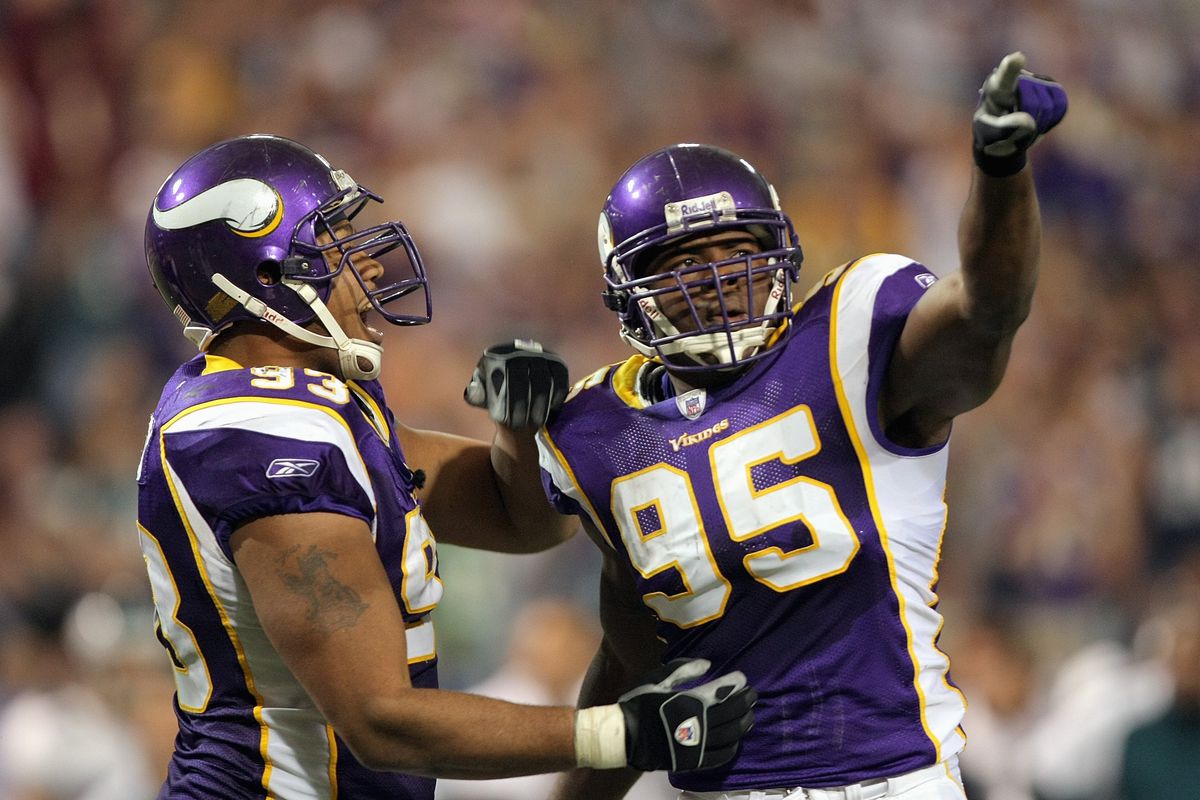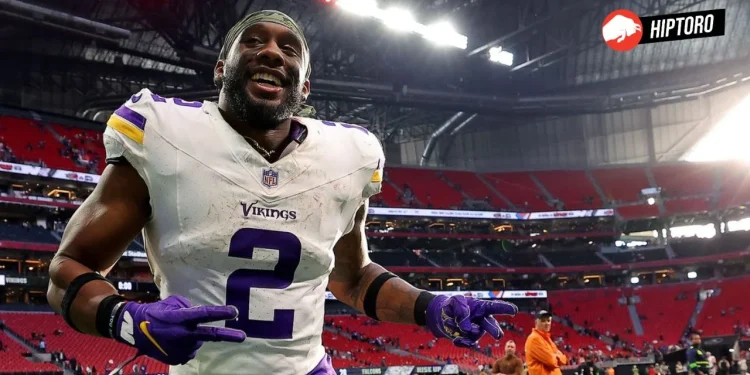In a move that reverberates through the halls of the U.S. Bank Stadium, the Minnesota Vikings have decided to part ways with running back Alexander Mattison, setting the stage for a new era in their backfield dynamics. This decision, rooted in both financial prudence and strategic realignment, underscores the relentless search for efficiency and excellence in the National Football League (NFL).

Minnesota Vikings’ Strategic Financial Play
The release of Alexander Mattison is not just a roster move; it’s a significant financial decision that frees up $3.4 million in cap space for the Vikings. With the NFL’s salary cap reaching record heights in 2024, teams are meticulously planning their budgets to maximize talent acquisition and retention.
The Vikings, now positioned with over $41 million in cap space, have maneuvered themselves into a favorable spot as they gear up for the free agency frenzy and the upcoming league year.
JJ McCarthy giving all kinds of signals that he would love to join the Minnesota Vikings #Skol pic.twitter.com/0Jsd8Xox8M
— Rick Sosa (@sosarick) March 1, 2024
Alexander Mattison’s Struggle to Capitalize on His Opportunity
Alexander Mattison’s tenure as the Vikings’ starting tailback was marked by high expectations but ultimately underwhelming performance. Tasked with filling the colossal shoes of Dalvin Cook, Mattison signed a two-year, $7 million contract, aiming to provide the Vikings with a cost-effective solution to their backfield puzzle.
Despite showing flashes of brilliance in previous seasons, Mattison struggled to find consistency in 2023, failing to average four yards per carry in a majority of his appearances.
An ankle injury and the emergent performance of Ty Chandler further complicated Mattison’s standing within the team. Chandler’s dynamic play in the final stretch of the season, highlighted by his impressive yards per carry and explosive runs, hinted at a shifting tide in the Vikings’ backfield strategy.
The Future of the Minnesota Vikings’ Running Game
With Ty Chandler poised to assume a leading role and a cadre of diverse talents like Myles Gaskin, Kene Nwangwu, and DeWayne McBride rounding out the roster, the Vikings’ running back room is brimming with potential. Chandler, in particular, offers a fresh and electrifying option for the Vikings, showcasing the kind of playmaking ability that could redefine Minnesota’s ground game in 2024.

The Vikings also face strategic decisions in allocating their ample cap space, balancing the need to reinforce their roster while considering key extensions for cornerstone players. The direction they choose could significantly impact the NFC North landscape and their pursuit of postseason glory.

Alexander Mattison’s Next Chapter in a Crowded Market
Alexander Mattison now enters a free agent market saturated with talent, reflecting the broader league trend of devaluing running backs. Despite his proven abilities as a solid contributor, especially in the passing game, Mattison may find it challenging to secure a primary starting role.
The NFL’s evolving approach to the running back position, favoring committee approaches and short-term contracts, places Mattison in a precarious position as he seeks his next opportunity.
The Minnesota Vikings’ decision to release Alexander Mattison marks a pivotal moment in their team-building strategy. As they turn the page to a new chapter, the focus shifts to optimizing their roster composition and cap space to field a competitive team in the NFL’s ever-changing landscape.
Meanwhile, Mattison faces the challenge of navigating a crowded free agent market, ready to prove his worth to prospective teams. In the high-stakes world of professional football, both the Vikings and Mattison are poised to embark on new journeys, shaped by the relentless pursuit of excellence and the harsh realities of the business side of the sport.

Source: Vikings









